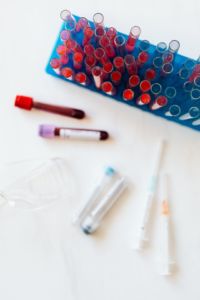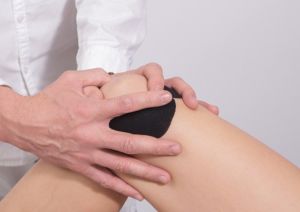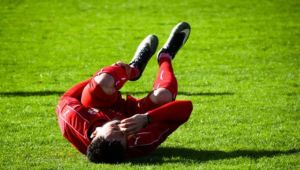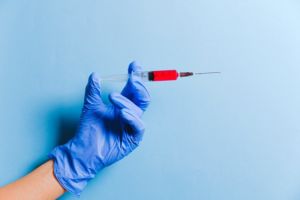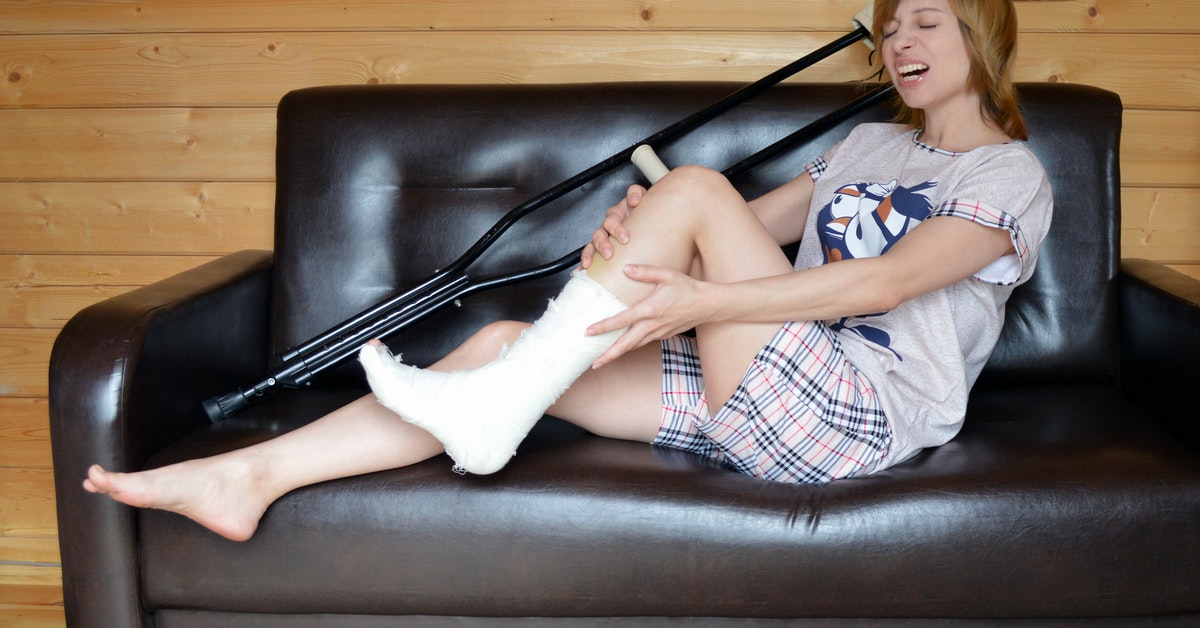
Welcome to the third article in our series on PRP injections. This time, we’ll focus on how this innovative treatment can help heal muscle and tendon injuries. Many people suffer from chronic pain after a soft tissue injury. Even after surgery, many patients experience several weeks of pain and swelling. Scientists have been studying how PRP injections can be used both without and after surgery to help patients achieve faster, more complete healing. Here are 5 FAQS about PRP injections for soft tissue injuries:
1. What are PRP Injections?
The short answer to this question is that PRP stands for platelet-rich plasma. Platelets are specialized cells produced by the bone marrow that play an important role in healing. They produce a variety of hormones that activate the immune system to heal an injury and aid in producing new tissue. Your provider will draw your blood and spin it in a centrifuge to separate the plasma. PRP injections are safe because your own blood is being injected into the injured area. For a much longer answer to this question, see the first blog in our series.
2. Can PRP Shots Heal Tendon Tears?
Over 16 million people in the U.S sustain tendon and ligament injuries every year. If it’s been a while since high school biology, remember that tendons help to move bones and other structures while ligaments serve to hold bones and muscles together. Both tendons and ligaments are made of tough fibrous tissue, but they are both prone to injury from overuse or trauma.
The Achilles tendon that connects the calf muscle to the heel bone is one of the most commonly injured tendons. Tennis Elbow is also a tendon injury. Studies have shown that somewhere between 8-20% of the general population ends up with a torn rotator cuff tendon. Symptoms of a tendon injury can vary depending on how it was caused. Immediate severe pain and swelling can be signs of a sudden injury, but often “sudden” tendon injuries result from tiny tears that happen over time. Repetitive use injuries may cause slow increases in pain and stiffness or pain that flares up when you use the affected area. Rotator cuff tendon injuries will eventually make it impossible for you to lift your arm overhead.
Ligament injuries are also common. The ACL (anterior cruciate ligament) located behind the knee is notoriously easy to injure. Sprained ankles are often ligament injuries. The ATFL is one of the most commonly injured ligaments in the ankle, especially in athletes. Symptoms of a ligament injury include:
- Severe sudden pain
- Swelling
- A popping sound at the time of injury
- A feeling of looseness or lack of stability in the injured area
ACL tears, in particular, can be debilitating.
A tendon or ligament that has been completely torn through will require surgery. However, less severe tendon and ligament tears can be treated with non-invasive methods. Several studies have shown that PRP injections are highly effective for tendon and ligament injuries. Blood flow is necessary for healing, but sometimes the body has trouble getting adequate blood flow and immune cells to an injured tendon or ligament. Injecting healing blood flow directly at the site of injury encourages natural healing to take place.
3. Are PRP Shots Effective for Muscle Tears?
Muscle tears are another common type of soft tissue injury. Athletes are especially likely to sustain this type of injury, but it can happen to anyone. Physically strenuous work or even an awkward fall can result in muscle injuries. Muscles in the back, around the hip flexors, and the back of the thighs (hamstrings) are some of the most common locations for muscle tears. These types of injuries can cause severe pain, swelling, stiffness, and an inability to do daily activities. Even milder injuries can cause persistent pain. Studies done on athletes with muscle tears have shown that PRP injections are an effective, non-invasive treatment (but you don’t have to be an athlete to benefit).
The platelets that PRP shots deliver to the injured site produce chemicals called growth factors, and they play a direct role in building strong muscle tissue. These platelets and the immune cells they stimulate also help to reduce inflammation and speed up the body’s natural healing process. Severe muscle tears that require surgery can be treated with PRP injections to reduce inflammation during the healing process. This leads to less downtime and a quicker return to sports and daily living.
4. How Long Do PRP Injections Last?
PRP injections are different from injectable pain killers or steroids. They don’t cause an immediate reduction of pain and swelling. Since they are jump-starting a natural process, the results — like healing– are gradual. Most patients notice results within a couple of weeks after the first injection. Pain, swelling, and other symptoms will continue to decrease for up to six months. Some people with muscle injuries may experience permanent relief. Other types of injuries may require a shot every eighteen months or so. PRP injections have been clinically proven to help people with rotator cuff injuries avoid surgery.
5. Who Should Get PRP Shots?
PRP injections are a great treatment for anyone who has been experiencing chronic soft tissue pain. It can even be used after surgery to dramatically decrease swelling and increase the chance of complete healing. Rotator cuff injuries tend to react especially well to PRP shots.
Since the plasma used for PRP is drawn from the patient, and no chemicals are added, the risk of side effects is extremely low, and most people are candidates. However, people with certain cancers, blood diseases, or those taking blood thinners may not be good candidates. Tell your provider about your medical history.
Vanguard Spine & Sport provides PRP injections to patients in Houston suffering from soft tissue injuries. Our providers have years of experience treating patients struggling with chronic pain. We can provide a personalized treatment plan that includes PRP injections and other safe and effective treatments. Give us a call to start healing today.


